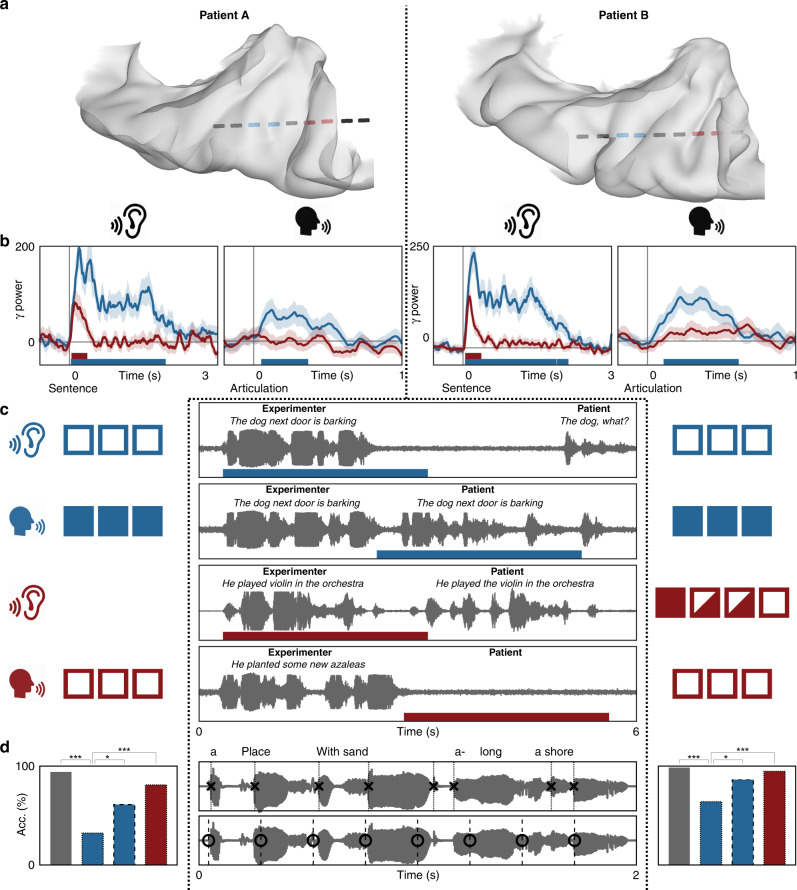Fig. 9. Chronometric stimulation of the supratemporal plane.
Supratemporal responses during two chronometric stimulation experiments. The first patient is shown on the left and the second on the right. a Electrode positions relative to patient-specific neuroanatomy. Two pairs of electrodes localized to HG/TTS and PT demonstrated sustained (blue) and transient responses (red), respectively. b Average percent change in high-gamma power during auditory naming to definition: sentence listening (left) and articulation (right). The transient response is entirely suppressed during articulation. c Chronometric cortical stimulation mapping with 50 Hz balanced 0.3 ms period square waves for 3 s during sentence repetition. Successful trials are indicated by full boxes, failed trials by empty boxes, and trials with a single error (e.g. word replacement) by half-full boxes. Stimulation was delivered either at stimulus onset (top panel) or offset (middle and bottom panel). The patient was unable to repeat the stimulus when HG/TTS was stimulated during listening, but was unaffected when the HG/TTS was stimulated during production. In contrast, stimulation of PT during production induced failure. d Chronometric stimulation during auditory naming to definition at either acoustic edges (x’s; dotted lines) or uniformly distributed times (o’s; dashed lines). Baseline accuracies were 94 and 99% (gray bar). Stimulation at acoustic edges in HG/TTS (left blue bar) and PT (red bar) resulted in naming accuracies of 32 and 81% in the first patient and 64 and 95% in the second patient. Stimulation of HG/TTS delivered uniformly throughout the stimulus (right blue bar) resulted in naming accuracies of 61 and 86%. Significant differences between binomial distributions were evaluated via z statistic (*p < 0.05, **p < 0.01, ***p < 0.001).

